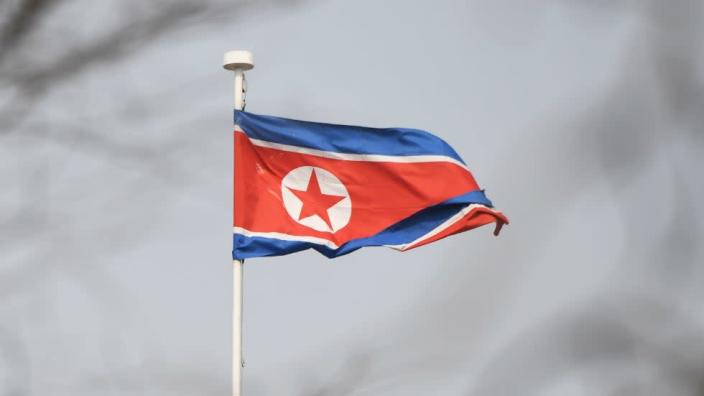
North Korea on Thursday test-fired its first intercontinental ballistic missile (ICBM) since 2017, intensifying the pressure on the Biden administration and world leaders to accept Pyongyang as a nuclear power.
The missile covered 671 miles in about 70 minutes before it crashed into waters west of Japan, according to The Associated Press. It reached a maximum altitude of 3,852 miles.
Japan’s deputy defense minister, Makoto Oniki, said its flight details suggested a new type of ICBM.
“It’s an unforgivable recklessness. We resolutely condemn the act,” Japanese Prime Minister Fumio Kishida said Thursday after arriving in Belgium for the Group of Seven summit meetings.
South Korea’s military responded to the test with live-fire drills of missiles launched from land vehicles, a ship and aircraft, the AP noted. An emergency meeting of South Korea’s national security council was called by President Moon Jae-in, who denounced the tests and said North Korean leader Kim Jong Un poses a “serious threat” to the region and the international community.
South Korean officials warned that initial data suggested Thursday’s missile was more powerful than the last ICBM North Korea tested in 2017, Hwasong-15, according to the New York Times. That missile covered 596 miles and flew for 53 minutes, reaching an altitude of 2,796 miles.
The United States also condemned the new launch, with White House press secretary Jen Psaki saying it was a “brazen violation of multiple UN Security Council resolutions and needlessly raises tensions and risks destabilizing the security situation in the region.”
“This action demonstrates that the [Democratic People’s Republic of Korea] continues to prioritize its weapons of mass destruction and ballistic missile programs over the well-being of its people,” she said in the statement.
“The door has not closed on diplomacy, but Pyongyang must immediately cease its destabilizing actions,” Psaki added.
Earlier this month, Pyongyang fired a ballistic missile into the sea in another test. It followed multiple launches in January.




